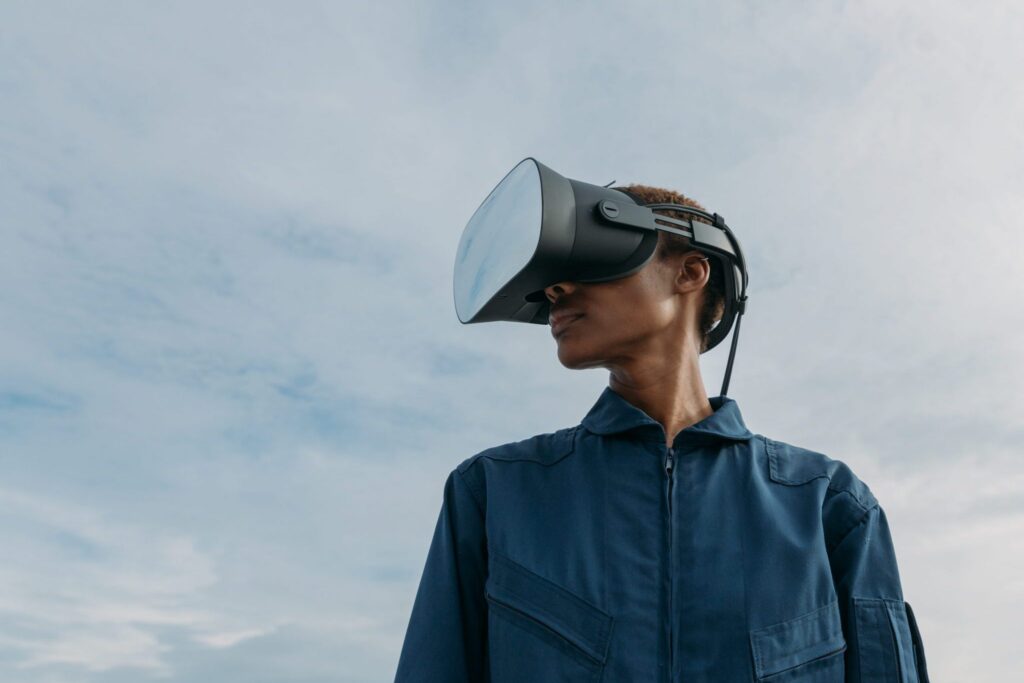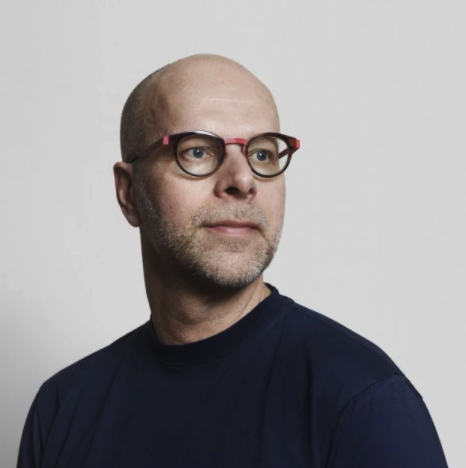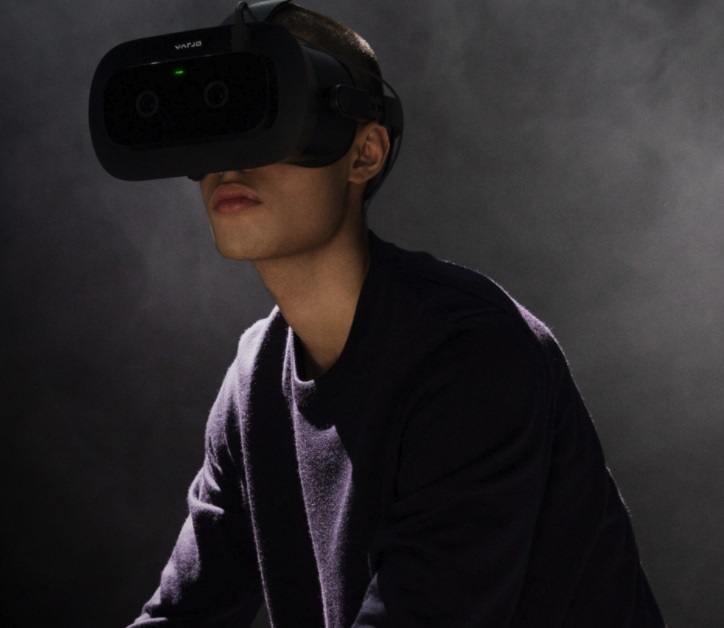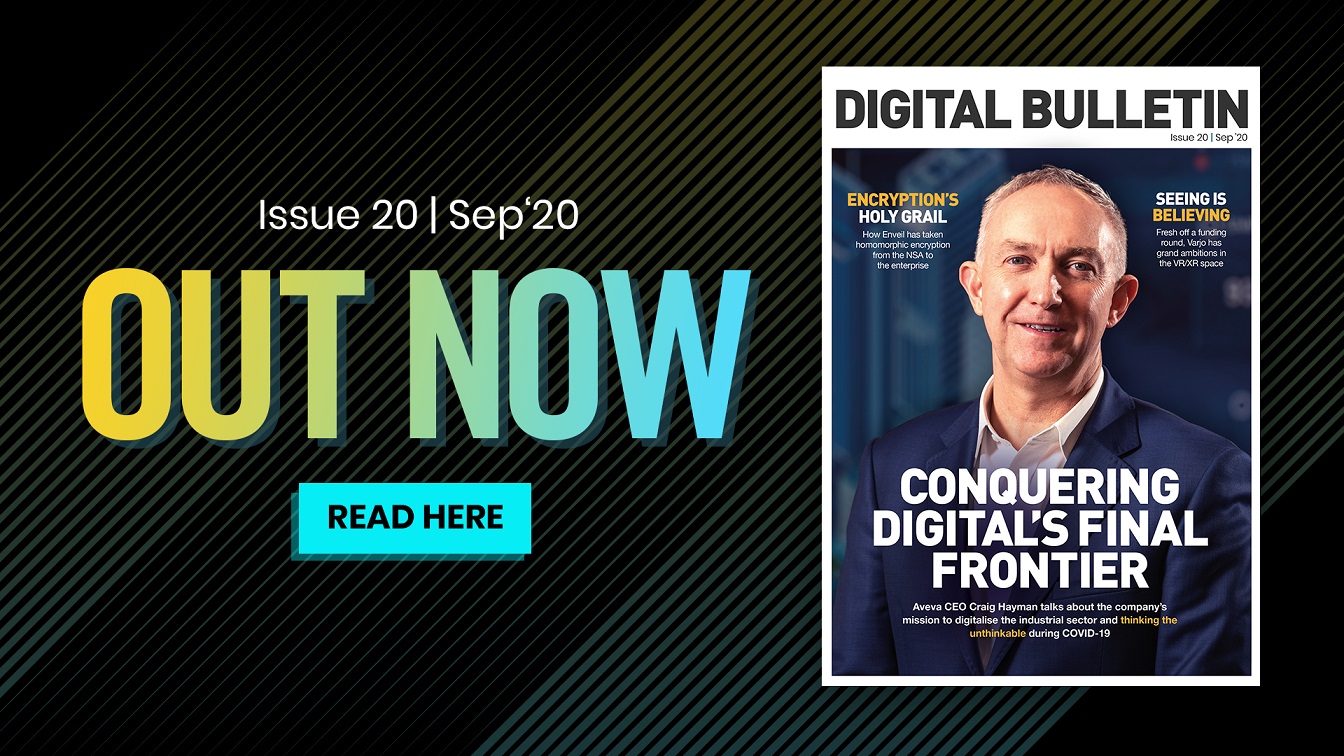
There are some technologies that seem so futuristic, they seem scarcely credible, as if lifted straight out of Christopher Nolan’s latest movie. Headsets that are able to match human eye resolution, blurring the line between real world and virtual reality, fit right into this category.
But Varjo, a company based in Finland, has created just that, with a long line of the world’s best-known companies utlising its VR/XR hardware to further a number of futuristic and forward-thinking projects. In the virtual and mixed reality world, Varjo is working right at the bleeding edge and in its own words is “pushing the limits of what has ever been possible”.
A few examples to illustrate the point: Varjo works with Boeing to give Starliner astronauts a way to train for spaceflight in virtual reality. Varjo’s human-eye resolution allows astronauts to prepare for all phases of the crewed mission, from launch to docking to the ISS, in a crystal-clear VR environment. And in a world where everything is having to be done remotely, astronauts can train from anywhere.
The company also works with the likes of Saab and Flight Safety to train pilots in a realistic and immersive environment, which can reduce training hours by up to 40% compared with physical equipment, with use cases in engineering and heavy machinery rounding off its training applications.
Elsewhere Varjo’s technology is being leveraged by Audi to bolster its effort to design its ‘car of the future’. Its VR/XR enables Audi’s designers to see, test and understand every detail of their designs at the very earliest stages in the process, saving weeks from the design cycle, and make design updates in real-time and scale.
“For some time, designing cars, buildings or large objects has been done in the same way, which is working on a design and then building a mock-up,” Varjo CEO Timo Toikkanen tells Digital Buletin during a video call from the company’s Helsinki HQ.
“In the case of a car, you typically build a real-size clay model of the car and have it appraised by specialist evaluators. It often goes through multiple cycles, which can take ages. The time and money spent on that can be compressed and you can save significant amounts of process time and be more creative by using synthetic models that have real-life accuracy.
“That is something nobody has been able to do before and we have been able to take the technology to the market. We are used and loved by these companies because we are allowing them to be more creative and be more profitable.”

By Toikkanen’s own admission, Varjo has worked only with businesses straight out of the top echelon of industry in the four years since it was established.
But the company now has designs on expanding its reach, and taking its VR/XR product to a far wider audience. To that end, Varjo announced the completion of a $54 million Series C funding round in August, taking its total funding to date to $85.1 million.
Tesi, NordicNinja, and Swisscanto Invest by Zürcher Kantonalbank were among the new investors contributing to the round, in addition to follow-on investment participation from existing investors including Lifeline Ventures, Atomico, EQT Ventures and Volvo Cars Tech Fund.
In Toikkanen’s own words, the funding round was “sizeable” and he notes the importance of Japanese backing – Japan is Varjo’s second largest market after the U.S. – and investment from Switzerland, which has strong links to Germany and its myriad industries that Varjo will be looking at as a serious opportunity.
“We’re very happy with the round and it gives us a long runway on our current business plans; we are in a good place for years to come from a funding perspective. We have expended the investor base, so it is not just the money, but the kind of investors we were able to attract and bring to the Varjo family,” he says
“The round itself was the fifth largest venture capital round in the Nordics this year and the second largest in the VR/XR space, according to Crunchbase. That makes us very happy, and will enable us to scale and take our offering towards a broader customer base.
“We have focused on the most advanced enterprises in the world but the needs and benefits across the enterprise are the same when it comes to immersive and spatial computing, expediting processes and saving money. The next chapter is very much about expanding in that direction.”
We’re very happy with the round and it gives us a long runway on our current business plans, we are in a good place for years to come from a funding perspective
At the same time as the funding announcement, Toikkanen’s position in the business changed from COO to CEO, although he is keen to stress that not too much importance should be attached to his job swap.
“We are pragmatic about job titles and we see leading the company as a team effort of the group that has been here since the beginning. My background is a bit more commercial than the other guys, I was EVP for Nokia’s mobile phone business and had a business acquired by Microsoft during the Steve Ballmer era,” he says.
“I have a bit more of a commercial background and we concluded that, as we have funding to scale and the first incarnation of the tech is in place, the next step is about taking it from just the largest enterprise customers to companies of all sizes. That is a scaling exercise and is probably something I’ve done a bit more of.”
When asked which industries he believes could benefit from VR/XR, the Finn is bullish, saying “it would be easier to list industries that would not benefit”. But one area of real focus is within the healthcare sector, specifically medical imaging, where there is “huge promise”.
“Think of all the machinery and equipment in a hospital,” says Toikkanen. “The end product that comes from them is a print out, so that’s what a doctor is looking at if he or she wants to understand the condition of an organ or part of the body. Hospitals are full of these stacks of paper that doctors are looking at and having to consider whether they are of good enough quality.
“Medical printing is a huge business and immersive computing will disrupt medical printing and replace it with virtual medical printing. By using VR/XR, a doctor is able to look at a virtual image of a patient’s organs and not only see it in photorealistic detail, but also as a virtual model that you can manipulate and turn around and see real time reflections of; you can even look inside.
“So it gets much more with the data because it is enriched, it’s a huge opportunity and an important task for the good of mankind. We want to make professionals in healthcare more capable and help them do what they do best.”

Given the global situation, there also promises to be huge potential in the collaboration space, and in May, Varjo announced a partnership with MeetinVR to deliver photorealistic collaboration The tie-up, says Varjo, marks “the beginning of virtual and mixed reality immersive collaboration for the most demanding enterprise applications in training, simulation, and engineering.”
Toikkanen is clearly positive about the potential of collaboration technology, but tempers any enthusiasm with genuine regret about growth that is being driven as a direct result of a worldwide pandemic.
“The fact that people need to do everything remotely is blatantly obvious, it is now an urgent and immediate need for all companies, and one of the reasons we created a mixed reality solution with MeetinVR and we are collaborating with other companies in the space,” he says.
“It is a development that is strange because how can you be happy about something that has been brought about because of tragic circumstances? This is not a happy time for us, but from a business perspective and industry evolution perspective it has sped up development in the area of collaboration.”
With our time coming to an end, Toikkanen reflects on the rapidly changing face of technology that is enabling the likes of Varjo to develop technologies that wouldn’t have seemed possible just a decade ago.
“The next few years will belong to distributed computing, with resources distributed across a number of instances. Not all the compute will be in headset, the cloud or on-premise servers,” he concludes.
“The winning solutions will be those that have the ability to run in multiple instances and optimises the experience for the client. Distributed computing is the future, and cloud plays a key role but it’s not cloud alone, 5G alone or headset alone, it is the continuum between all of them.
“I believe 5G will play a big part of this distributed compute bearer world, but it won’t happen right away. Establishing these huge networks takes time. But we are keen on 5G and are cooperating with mobile operators and looking at how the networks will be used. Low latency and high resolution use cases and applications like Varjo’s are exactly the thing they are interested in.”
With that, Toikkanen bids Digital Bulletin goodbye, but not before extending an invitation to visit Finland and get hands-on with Varjo’s technology when things eventually return more closely to normal. It’s an offer we can’t wait to take up.



